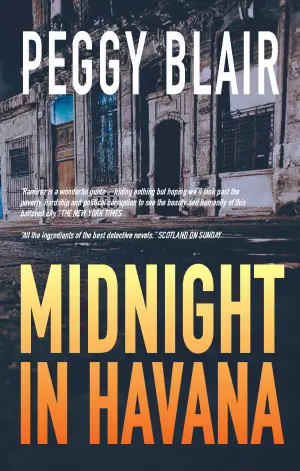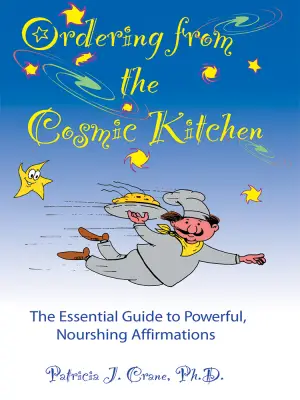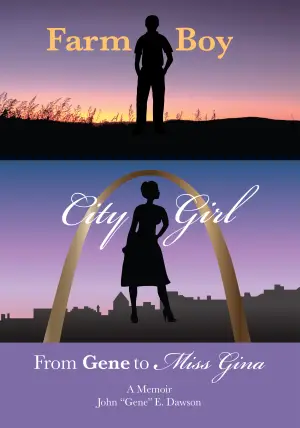Skywatchers: A Journey Through the Stars and Shadows
When I stumbled upon Skywatchers by Michael Farris Smith, I felt a familiar excitement—a vibrant shout-out to the nostalgia of shows like Stranger Things. With its tantalizing premise involving a group of friends who aim to decode a mysterious light in the sky, I was ready to embark on a thrilling adventure through the woods. But what started with promise soon had me wrestling with my expectations.
The story’s key hook is compelling: a tight-knit crew of Skywatchers investigates a strange phenomenon one fateful night, only to find themselves missing for 24 hours. When they return, one friend, Teddy, is still lost, and the ripple effects unravel dramatically. Unfortunately, as the narrative progressed, the grip of suspense loosened in my hands.
One of the early challenges I encountered was the excessive info-dumping. While it’s essential to set up characters and backstories, the approach felt clunky. Jumping between character perspectives, especially when they shared similar thoughts or experiences, dulled the pacing. Why revisit the same emotional landscapes instead of letting the story breathe through varied experiences? I yearned for a more creative engagement with the characters rather than exhausting repetitions.
Speaking of characters, I have to admit they felt surprisingly two-dimensional. Caroline, the outspoken core of the group, often frustrated me. Yes, she displayed bravery, but I found myself slogging through her cycles of dislike toward Bunny—her supposed “sister” friend. Their dynamic lacked the depth I craved; after experiencing trauma together, I expected some level of emotional connection that didn’t quite materialize, leaving me feeling detached.
Oscar, another character, seemed almost superfluous, merely mirroring Frank’s actions. What was his true purpose? His absence—or presence—barely shifted the narrative. This made me question not just the character arcs but also the weight of interpersonal relationships in the story. For a plot revolving around companionship shaken by extraordinary circumstances, I missed that heartfelt sense of found family, which could have elevated these bonds and added emotional gravity.
The second half finally gathers momentum, with actual stakes and horrors lurking within alternate realities. While the tension grew, some resolutions felt atypically abrupt—convenient, almost anticlimactic. I found myself thinking, “That’s it?” The plot could’ve resonated deeper with moments of genuine emotional turmoil or camaraderie, rather than breezing through crucial turning points.
However, I must commend Smith’s ability to create a tense atmosphere; the descriptions of the aliens were delightfully creepy and effectively unsettling. There were moments where I genuinely cared for the characters, and the pacing—while sometimes dragged—allowed me to absorb the eerie vibe and vivid imagery of the situation.
In conclusion, Skywatchers may resonate with readers seeking suspense and a glimpse of the unknown, especially fans of Stranger Things. While the characters didn’t quite capture my heart, the core themes of trauma, friendship, and mystery do offer sparks of intrigue. Ultimately, the book challenged my expectations but also made me yearn for deeper connections and nuanced character growth. It’s a journey worth taking—albeit with some bumps along the way. If nothing else, you’ll leave the experience with some hauntingly vivid imagery and a contemplation of what trust really means.













